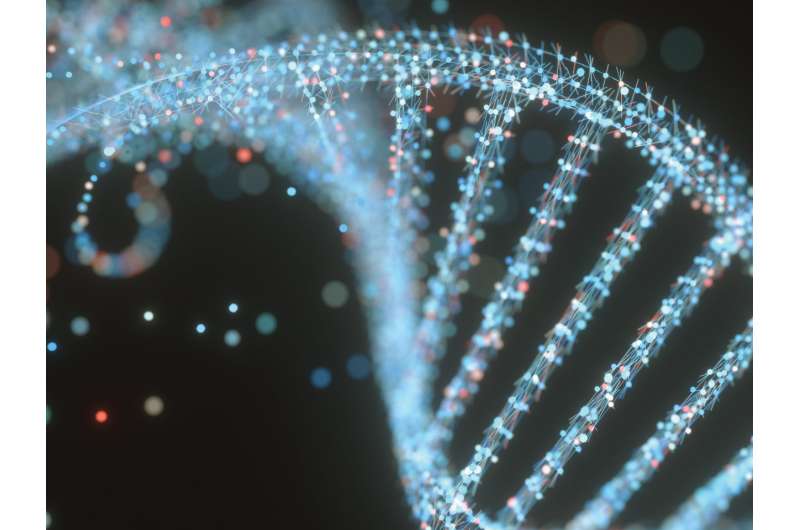Credit: IMEC
In a Nature Communications paper published this week, IMEC, the world-leading research and innovation hub in nano-electronics and digital technology, describes a new concept for direct identification of single DNA bases. The technique has the potential to detect, with an unprecedented spatial resolution and without any labeling, the genetic code, as well as epigenetic variations in DNA. The combination of nanopore fluidics and surface enhanced Raman spectroscopy makes it a unique concept and a very promising tool for evolutionary biologists and for research on disease development.
Today, direct, real-time identification of nucleobases in DNA strands in nanopores is limited by the sensitivity and the spatial resolution of established ionic sensing strategies. In addition, established DNA sequencing techniques often use fluorescent labeling which is costly and time-consuming. In its Nature Communications paper, IMEC demonstrated a promising alternative based on optical spectroscopy, with no need for labeling and with the unique ability to identify nucleobases, individually, and incorporated in a DNA strand. The technique is based on nanofluidics to drive the DNA strand through an engineered plasmonic nanoslit, and surface enhanced Raman spectroscopy to make a 'fingerprint' of the adsorbed nucleobases up to the level of molecular bonds. The spectroscopic signal is enhanced both by a gold coating on top of the nanoslit, and the engineered shape of the nanoslit.
"The result reported here is an important step towards a solution for fast and direct sequencing up to the epigenetic level," stated and Chang Chen, senior researcher at IMEC.
The signal generated by Raman spectroscopy holds a lot of information about the molecules and the molecular bonds. Not only can the DNA code be 'read', but also base modifications such as methylation, histone acetylation, and microRNA modification, which carry more detailed information about epigenetic variations. Such variations are important for evolutionary studies as they influence gene expression in cells. Moreover, they have been shown to impact the origin and development of diseases such as cancer.
"We leverage our world-class expertise in chip design and 300 mm Si wafer manufacturing technology and bio-lab facilities to develop tailored solutions for the life sciences industry," stated Pol Van Dorpe, principal member of technical staff. "The solution we describe here is only one example of the technologies we are working on. Our toolbox includes knowledge on nanopores, spectroscopy, photonics, single-molecule detection and nanofluidics which we use in developing next-generation solutions for our industry partners in genomics and diagnostics."
More information: Chang Chen et al. High spatial resolution nanoslit SERS for single-molecule nucleobase sensing, Nature Communications (2018). DOI: 10.1038/s41467-018-04118-7
Journal information: Nature Communications
Provided by IMEC






















